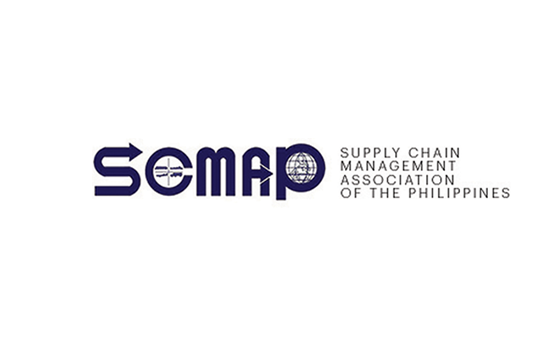We’re now seven weeks into this quarantine period across Luzon (and, arguably, across the whole country). While we continue to fight the spread of COVID-19, the discussion has shifted towards what life will be once the enhanced community quarantine is lifted, at least partially. “The new normal” has quickly become an overused phrase, but it does get the point through. Things are going to be different – things already are different – and so we have no choice but to be ready for it.
It’s a conversation all of us are currently having. The government talks of how to best restart the economy while also ensuring the health of its citizens. (It’s a conversation we at SCMAP are happy to be part of, as part of the team providing supply chain analytics to government stakeholders, to illustrate the state of the sector.) Industries are figuring out how it can continue to operate amidst what looks like a temporary, yet uncertain, shift in how their products and services are consumed. We are also having this conversation ourselves, as the restrictions on public gatherings will affect our event offerings until the end of the year, most likely. (You can have your say in this by answering our survey at our website, scmap.org.)
Ideally these conversations would be made with the help of a business continuity plan, but our current circumstances are so unprecedented even those who have prepared extensively are facing problems. Manufacturers of what the government deemed essential goods are supposed to continue operating, but inconsistent travel restrictions mean some of their employees cannot go to work. Retailers may pivot further towards e-commerce as the status of malls remain in flux, but long-standing capacity issues – number of delivery workers, for example – were further complicated by a sense of uncertainty over who is allowed to operate and who isn’t. Even logistics services – without which the standing order to keep groceries and pharmacies open wouldn’t float – found it difficult to navigate through inconsistent regulations, individual lockdowns, and evolving interpretation of government pronouncements.
We’ve solved these problems for the most part, but as it looks like this will be our reality for the foreseeable future, we might as well ponder how we can continue to serve our customers – and play our role in keeping the economy running despite the circumstances.
For a long time there has been a push to integrate various technologies to promote efficiencies and improve visibility across the supply chain, with varying results. Field workers, for one, aren’t yet fully maximizing the possibilities these new systems offer. Processes on the government side are still not fully integrated. As made clear in the first weeks of the lockdown, there is an appetite to use these technologies, but either those using it are not well-equipped, or capacity is not enough to satisfy demand. (Take the BOC’s e2m system crashing last week.)
Companies were also forced to make alternative work arrangements to clamp down on the spread of infection. Office staff had to work from home, which in theory is more doable now that we can access our work networks remotely. But are they provided with the right resources and support to ensure they can work from home and maintain a semblance of work-life balance? Can our telecommunication networks handle the increased demand for Zoom meetings, video streaming (I’m thinking live footage from warehouses, not necessarily Netflix) and file transfers, without dropping the connection at the worst times?
As for essential employees – truck drivers, warehouse personnel, and others – can their safety and health be ensured as they do their work? Is it perhaps the right time to think of further embracing automation to improve processes and minimize possible human contact? (Of course, this is a very tricky question to ask, particularly in labor-reliant industries.)
Will we have to rethink our supply chain networks in light of the current circumstances? A few months back I mentioned the concept of smaller hubs that can support the increasing demand for e-commerce. While there are still merits to the current distribution center-reliant model – it still provides efficiencies and economies of scale – in these circumstances it has meant delays in delivering products, particularly when authorities with jurisdiction over the facility in question impose travel restrictions.
And these are just the questions I can think of. We do have a lot to think about as we (hopefully) make the transition from ECQ to GCQ, and then be able to resume normal operations, and perhaps rebuild to better serve our customers in these times. However, supply chain’s concerns do not exist in a vacuum. As the backbone of the economy, how we adopt to the new normal depends on how others adopt to theirs, and vice versa. The public sector has to foster an environment that can make us competitive, and the private sector must go beyond profits and really pay attention to the welfare of its employees, partners and end customers. Ultimately, we cannot navigate the new normal just by ourselves.
Henrik Batallones is the marketing and communications executive of SCMAP. A former board director, he is also editor-in-chief of the organization’s official publication, Supply Chain Philippines. More information about SCMAP is available at scmap.org.





